
In today’s polarized America, the media is no longer just reporting the news—it’s shaping how people think, feel, and vote. Over the past decade, the divide between red (conservative) and blue (liberal) media has deepened, creating two competing realities that influence everything from elections to everyday conversations.
The question isn’t whether the media has power—it’s how that power is being used, and by whom. Understanding how red vs. blue media shapes public opinion is key to understanding America’s political future.
Panaprium ist unabhängig und wird vom Leser unterstützt. Wenn Sie über unseren Link etwas kaufen, erhalten wir möglicherweise eine Provision. Wenn Sie können, unterstützen Sie uns bitte monatlich. Die Einrichtung dauert weniger als eine Minute und Sie werden jeden Monat einen großen Beitrag leisten. Danke schön!
The Modern Media Divide
For decades, Americans turned to the same few networks for news. But with the rise of cable and digital platforms, the media landscape splintered into ideological camps.
-
Red Media: Outlets like Fox News, Newsmax, The Daily Wire, and The Blaze emphasize traditional values, personal freedom, and limited government.
-
Blue Media: CNN, MSNBC, The New York Times, and The Washington Post tend to align with progressive priorities like social justice, climate policy, and federal intervention.
This divide isn’t just about headlines—it’s about worldview. Red and blue media don’t just cover different stories; they tell entirely different stories about what matters and why.
How Liberal Media Shapes Public Perception
Blue-leaning media outlets often frame national issues through a progressive lens. They use emotional storytelling, selective coverage, and moral framing to shape how viewers perceive events.
1. Selective Focus on Social Issues
Stories about climate change, diversity, and systemic inequality often dominate liberal news coverage, while economic or policy successes in conservative states receive minimal attention.
2. Framing Conservatives as Extreme
Conservative figures are often portrayed as radical, anti-science, or intolerant, discouraging moderate viewers from associating with conservative positions.
3. Narrative Over Nuance
Rather than presenting complex debates, blue media often simplifies issues into moral binaries—painting one side as “progressive and good” and the other as “backward or harmful.”
This strategy is effective because it appeals to emotion, not logic. When viewers are made to feel outrage or moral superiority, they become loyal to the narrative being told.
How Conservative Media Counters the Narrative
Conservative media emerged as a response to decades of liberal dominance in journalism and entertainment. It provides a counterbalance that emphasizes freedom, faith, and factual reporting.
1. Highlighting Economic Reality
Conservative outlets focus on economic data, small business struggles, and the success of low-tax, pro-growth policies—stories often ignored by mainstream networks.
2. Exposing Media Bias
By calling out double standards and misinformation, red media holds the press accountable and encourages viewers to think critically.
3. Promoting Free Speech and Debate
Conservative platforms often feature open discussions and debates that welcome dissenting views, in contrast to the ideological uniformity of many progressive outlets.
This approach resonates with everyday Americans who feel alienated by political correctness and media elitism.
The Echo Chamber Effect
Both sides of the media spectrum can fall into echo chambers, where audiences hear only what reinforces their existing beliefs.
-
Blue Media: Often filters information through progressive ideologies, marginalizing conservative voices.
-
Red Media: Focuses on countering mainstream bias, but sometimes amplifies outrage in response.
The result is a divided public that consumes entirely different “realities.” Facts become secondary to narratives, and trust in the press declines further each year.
According to recent polls, over 70% of Americans believe the media intentionally misleads or divides people—a sentiment shared across party lines.
Social Media’s Role in Amplifying the Divide
Platforms like TikTok, X (Twitter), YouTube, and Facebook have replaced television as the main source of news for younger generations. But their algorithms prioritize engagement—meaning controversy and outrage often win over accuracy.
-
Liberal Narratives: Algorithms favor activist content and progressive influencers who frame news emotionally.
-
Conservative Voices: Often face suppression or “shadow banning” when their content challenges prevailing narratives.
The result is digital manipulation that quietly shapes public opinion. Users are shown what the algorithm wants them to see—not necessarily what’s true.
The Psychology Behind Media Influence
Media experts have long known that repetition shapes belief. When audiences hear the same message from multiple sources, they begin to internalize it as truth—a phenomenon known as “the illusory truth effect.”
For example:
-
Hearing repeatedly that conservative policies “hurt the poor” or that liberal policies “save democracy” creates subconscious associations, even if the evidence says otherwise.
-
Over time, emotional language and repetition replace analysis and independent thought.
This is why controlling the media narrative has become one of the most powerful political tools in America today.
How Red States Are Resisting Media Manipulation
Red states are pushing back by promoting media literacy, supporting independent journalism, and building platforms that represent conservative viewpoints.
-
Independent Outlets: Websites like The Daily Wire, PragerU, and Rumble give conservatives alternative spaces to consume and share information.
-
Local Journalism: State-level outlets in Texas, Florida, and Tennessee are reclaiming community storytelling from corporate media giants.
-
Media Education: Grassroots organizations are teaching citizens how to recognize bias and fact-check for themselves.
These efforts are empowering everyday Americans to think critically and seek out truth over narrative.
The Consequences of Media Bias
The ideological divide in media has real-world consequences:
-
Political Polarization: Americans increasingly identify with political tribes rather than shared national values.
-
Distrust in Institutions: When people can’t agree on basic facts, trust in government, science, and journalism erodes.
-
Policy Gridlock: Legislators face mounting pressure from polarized media bases, making bipartisan compromise nearly impossible.
-
Cultural Division: Media bias fuels resentment and misunderstanding between urban and rural America, young and old, conservative and liberal.
Until the country restores faith in honest reporting, these divides will continue to widen.
How Conservatives Can Shape the Future of Media
Conservatives have an opportunity to lead the charge toward honest, balanced journalism. Here’s how:
-
Support Independent Media: Subscribe, share, and fund outlets that prioritize truth over politics.
-
Create Content: Encourage conservative creators to tell authentic stories that reflect everyday American life.
-
Educate the Next Generation: Promote media literacy in schools and communities to teach young people how to spot bias.
-
Demand Accountability: Call out misinformation, regardless of which side it benefits.
-
Engage Respectfully: Building bridges through fact-based conversation can restore civility and critical thinking.
Conservatives don’t need to silence opposing voices—they need to speak truth louder and smarter.
The Future of American Media
The red vs. blue media war will continue, but the balance is shifting. As audiences grow tired of agenda-driven reporting, more Americans are turning to independent and decentralized media sources.
Rumble, Substack, and alternative podcasts are giving voice to perspectives long ignored by corporate outlets. Meanwhile, younger conservatives are mastering social media storytelling, challenging liberal dominance in digital spaces once thought unwinnable.
This is the next frontier in American journalism—a return to authenticity, truth, and the free exchange of ideas.
Conclusion
The American media landscape is no longer a neutral observer—it’s a battlefield for influence. Red and blue outlets shape how millions think about everything from taxes to culture wars.
But amid the noise, one truth remains: an informed, discerning citizen is the greatest defense against manipulation.
Conservatives who seek truth, support independent journalism, and engage thoughtfully are helping to restore the integrity of American discourse—one story at a time.
Call to Action
Support conservative media that tells the truth. Question headlines, do your own research, and share reliable sources with your community.
The future of America’s democracy depends not on who controls the news—but on citizens who demand honesty, fairness, and freedom of thought.
War dieser Artikel hilfreich für Sie? Bitte teilen Sie uns in den Kommentaren unten mit, was Ihnen gefallen oder nicht gefallen hat.
About the Author: Alex Assoune
Wogegen Wir Kämpfen
Weltweit-Konzerne produzieren in den ärmsten Ländern im Übermaß billige Produkte.
Fabriken mit Sweatshop-ähnlichen Bedingungen, die die Arbeiter unterbezahlt.
Medienkonglomerate, die unethische, nicht nachhaltige Produkte bewerben.
Schlechte Akteure fördern durch unbewusstes Verhalten den übermäßigen Konsum.
- - - -
Zum Glück haben wir unsere Unterstützer, darunter auch Sie.
Panaprium wird von Lesern wie Ihnen finanziert, die sich unserer Mission anschließen möchten, die Welt völlig umweltfreundlich zu gestalten.
Wenn Sie können, unterstützen Sie uns bitte monatlich. Die Einrichtung dauert weniger als eine Minute und Sie werden jeden Monat einen großen Beitrag leisten. Danke schön.




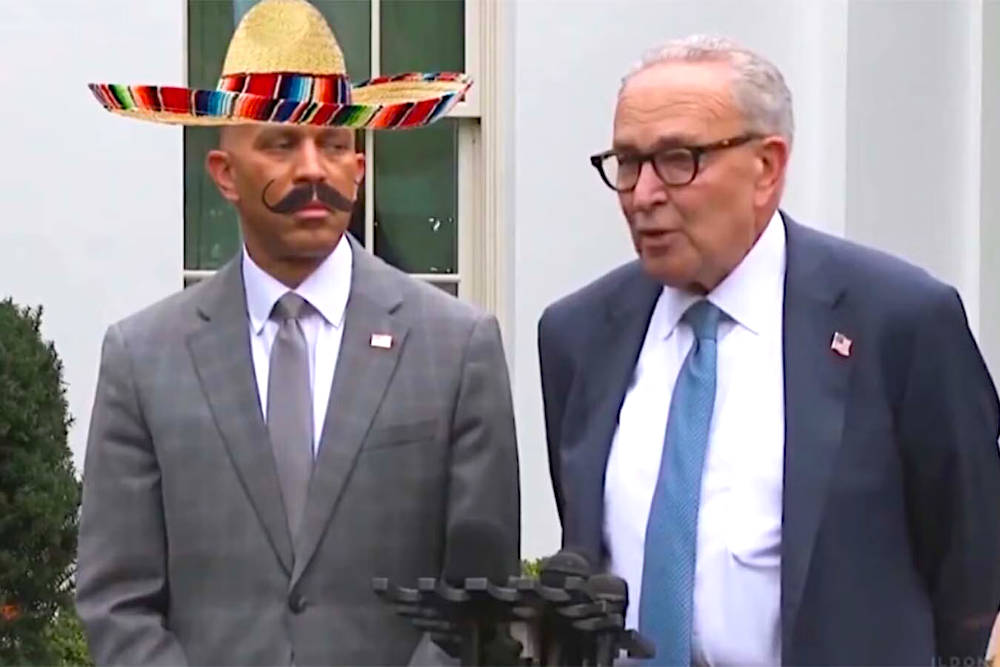
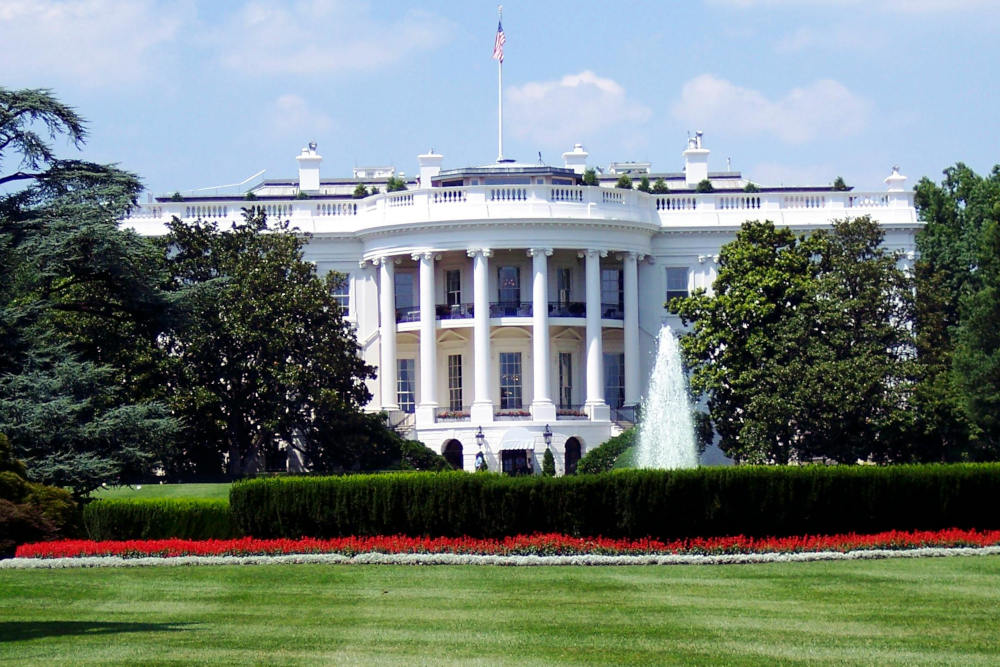

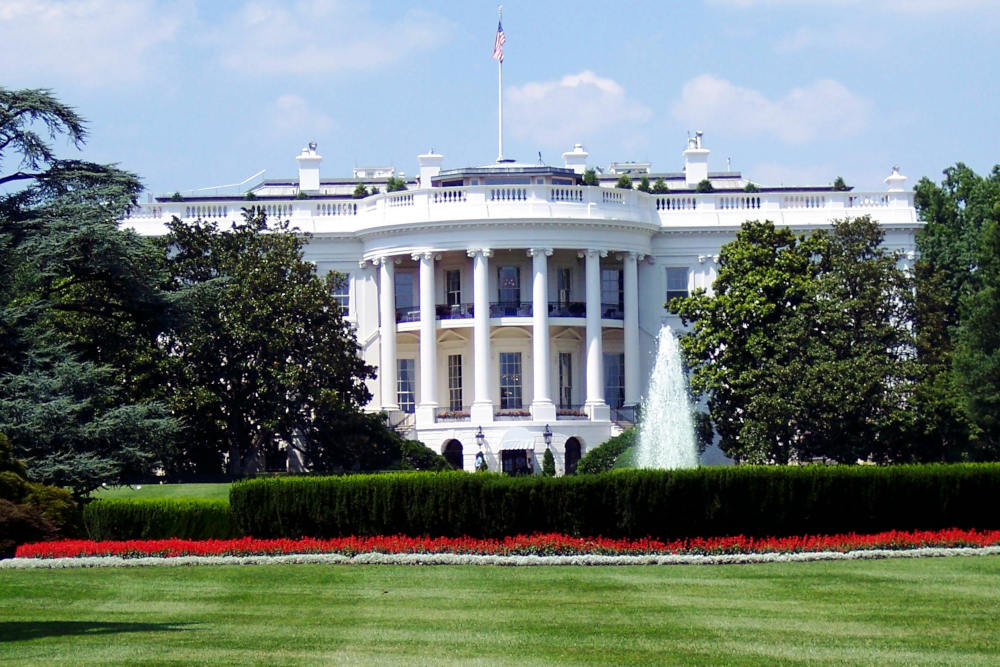
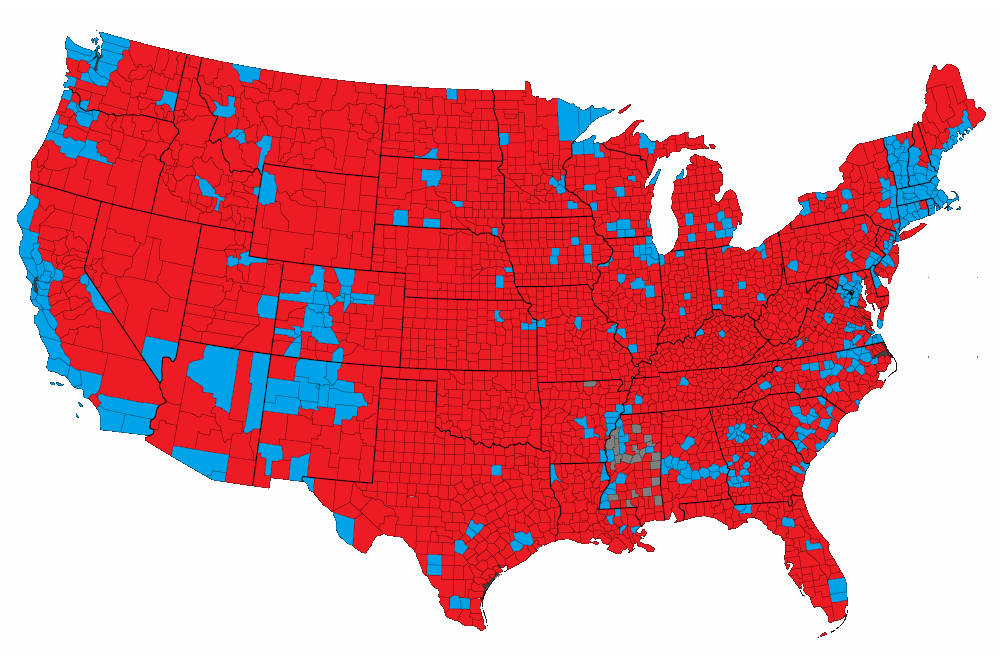
















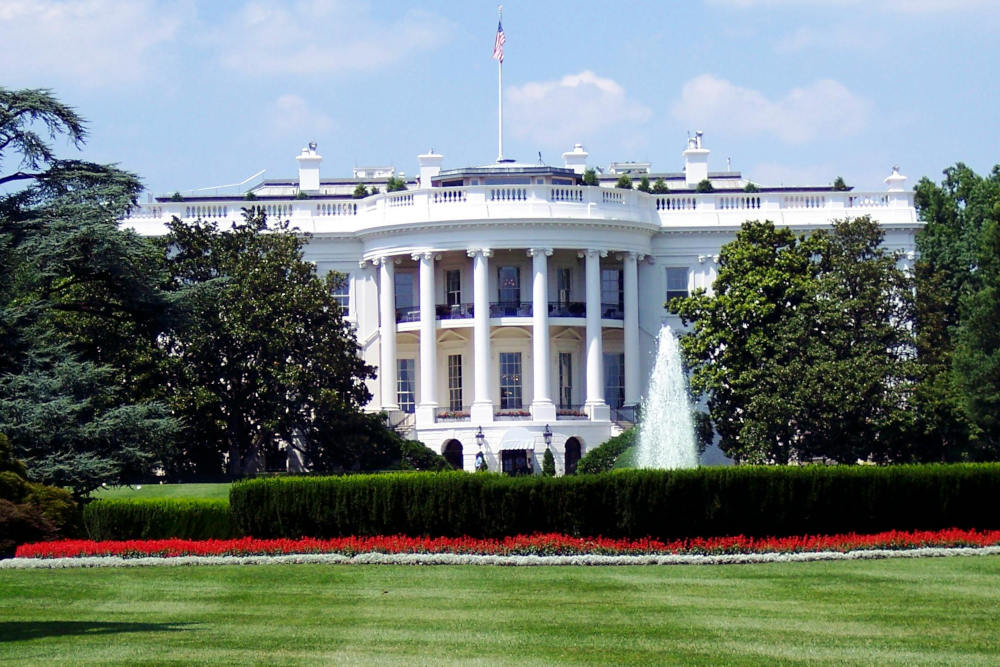

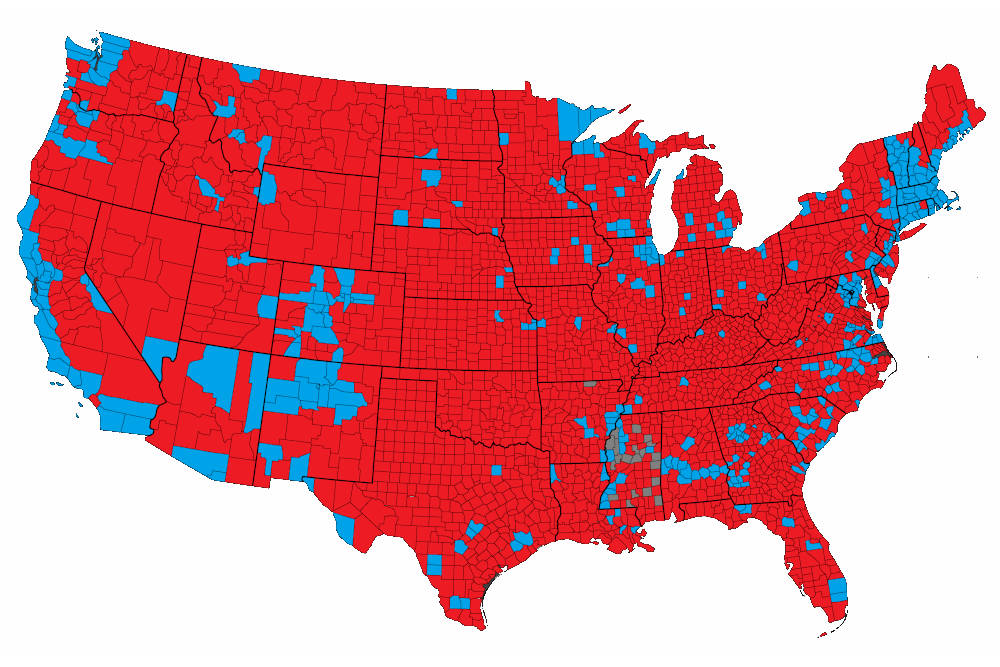



0 Kommentare